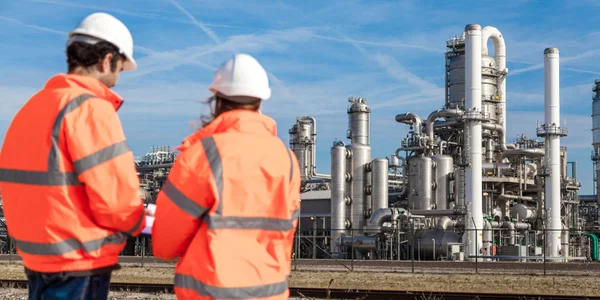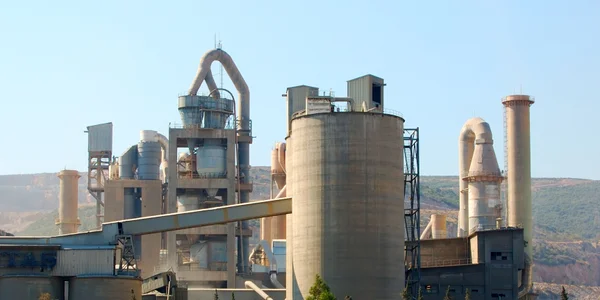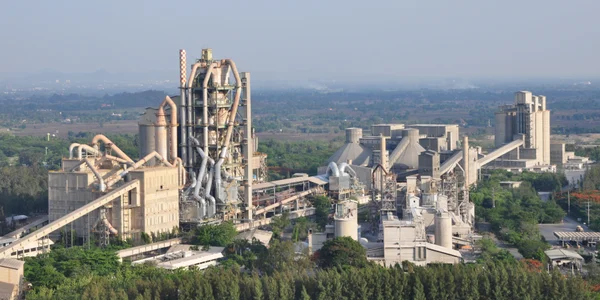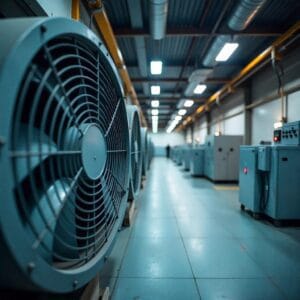Kontor
HUVUDKONTORET

Tyskland
- Intensivfilter Himenviro Technologies GmbH
Neustraße 45 - 49, 42553, Velbert, Tyskland/Tyskland - +49 20534200990
REGIONALKONTOR

Storbritannien
- Intensivfilter Himenviro UK Limited
47, Bath Street WS13BX, Wallsall West Midlands, Storbritannien - +44 1922 628893
REGIONALKONTOR

Förenade Arabemiraten
- Intensivfilter Himenviro Technologies FZE – LLC
Business Centre, Sharjah Publishing City Free Zone, Sharjah, UAE - +971-556074697
REGIONALKONTOR

Indien
- Intensivfilter Himenviro Private Limited
D-247/11, Sector-63, Noida - 201301, Uttar Pradesh, Indien - +91-120-4642-500
REGIONALKONTOR

Indien
- Intensivfilter Himenviro Private Limited
D-247/11, Sector-63, Noida - 201301, Uttar Pradesh, Indien - +91-120-4642-500
REGIONALKONTOR

Indien
- Intensivfilter Himenviro Private Limited
D-247/11, Sector-63, Noida - 201301, Uttar Pradesh, Indien - +91-120-4642-500
Lösningar för luft- och dammfiltrering i stål och metall
Stål- och metallindustrin genererar höga nivåer av luftburna föroreningar, inklusive fint damm, metallpartiklar och ångor, vilka, om de inte kontrolleras, kan leda till miljöföroreningar, hälsorisker för arbetare och skador på utrustning. Våra luft- och dammfiltreringssystem är skräddarsydda för att hantera dessa högpresterande miljöer och fångar upp utsläpp från smält-, gjut- och ytbehandlingsprocesser. Våra lösningar är konstruerade för att motstå höga temperaturer och partikelbelastning, förbättrar luftkvaliteten, förbättrar regelefterlevnaden och skyddar arbetskraftens välbefinnande, vilket säkerställer en renare och säkrare produktionsmiljö.
Dammfiltreringsprocess inom stål- och metallindustrin
Den elektriska ljusbågsugnen används för tillverkning av konstruktionsstål, högkvalitativa stål och rostfria stål. Dessutom används den för tillverkning av karbid och syntetiska kristaller.
Dammavskiljningsanläggningar för ljusbågsugnar extraherar och renar helt de primära avgaserna från ljusbågsugnen, såväl som eventuella sekundära avgaser som produceras under smältning, avrinning eller under lastning och avslaggning. De rökgaser som bildas i pannugnen, vid materialhantering och i andra anslutna anläggningar utvinns och behandlas.

Filter för takhuv
Filter för EAF
- 1. Takhuv
- 2. Filter för takhuv
- 3. Ventilator
- 4. Skorsten
- 5. Elektrisk ljusbågsugn
- 6. Vattenkyld slang
- 7. Värmeväxlare
- 8. Filter för EAF
- 9. Ventilator
- 10. Omvandlare
Obligatoriska specifikationer
Filtertitel PJM
Typiska designdata | Takhuv |
|---|---|
Gasvolym | 1,000,000 |
Gastemperatur | 80 |
Typ av damm | Järnoxider förbränningsrester |
Resterande dammhalt | < 10 |
Innehåll av rågasdamm | < 5 |
Rengöring | online / offline |
Filtermedium | Polyester |
Explosionsskyddad design | inte nödvändigt |
Sorbent | inte nödvändigt |
Filtertitel PJM
Typiska designdata | Elektrisk ljusbågsugn |
|---|---|
Gasvolym | 120,000 |
Gastemperatur | 120 |
Typ av damm | Järnoxider förbränningsrester |
Resterande dammhalt | < 10 |
Innehåll av rågasdamm | < 5 – 10 |
Rengöring | online / offline |
Filtermedium | Polyester |
Explosionsskyddad design | inte nödvändigt |
Sorbent | inte nödvändigt |
Användningsområden för stål- och metalldammkontroll
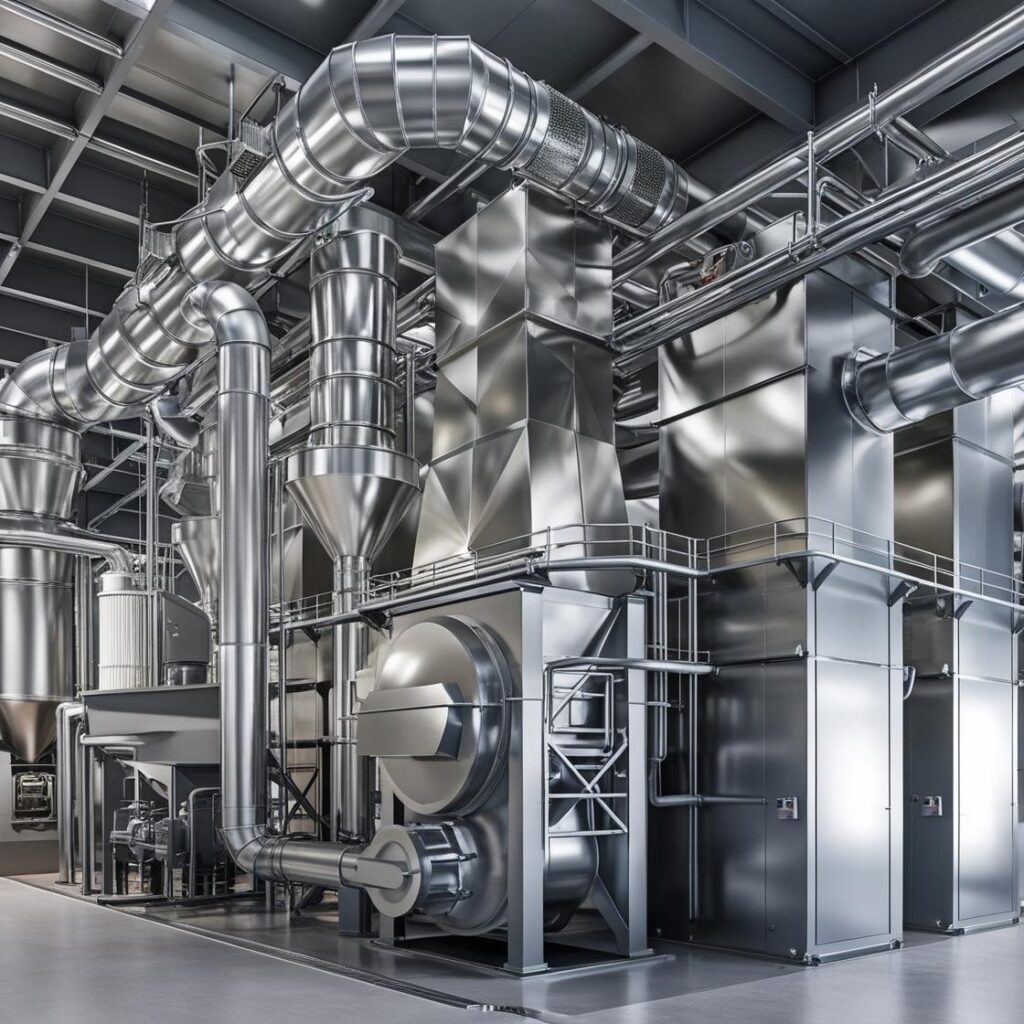
Kontrollerar damm och ångor som frigörs under smältning och fångar upp farliga partiklar som genereras i högtemperaturugnar.

Minskar utsläpp från gjutningsoperationer genom att fånga upp luftburna partiklar och metallångor som kan påverka luftkvaliteten.

Avlägsnar fint damm och metallspån som produceras vid slipning och polering, vilket förhindrar att föroreningar påverkar produktkvaliteten och arbetarnas säkerhet.
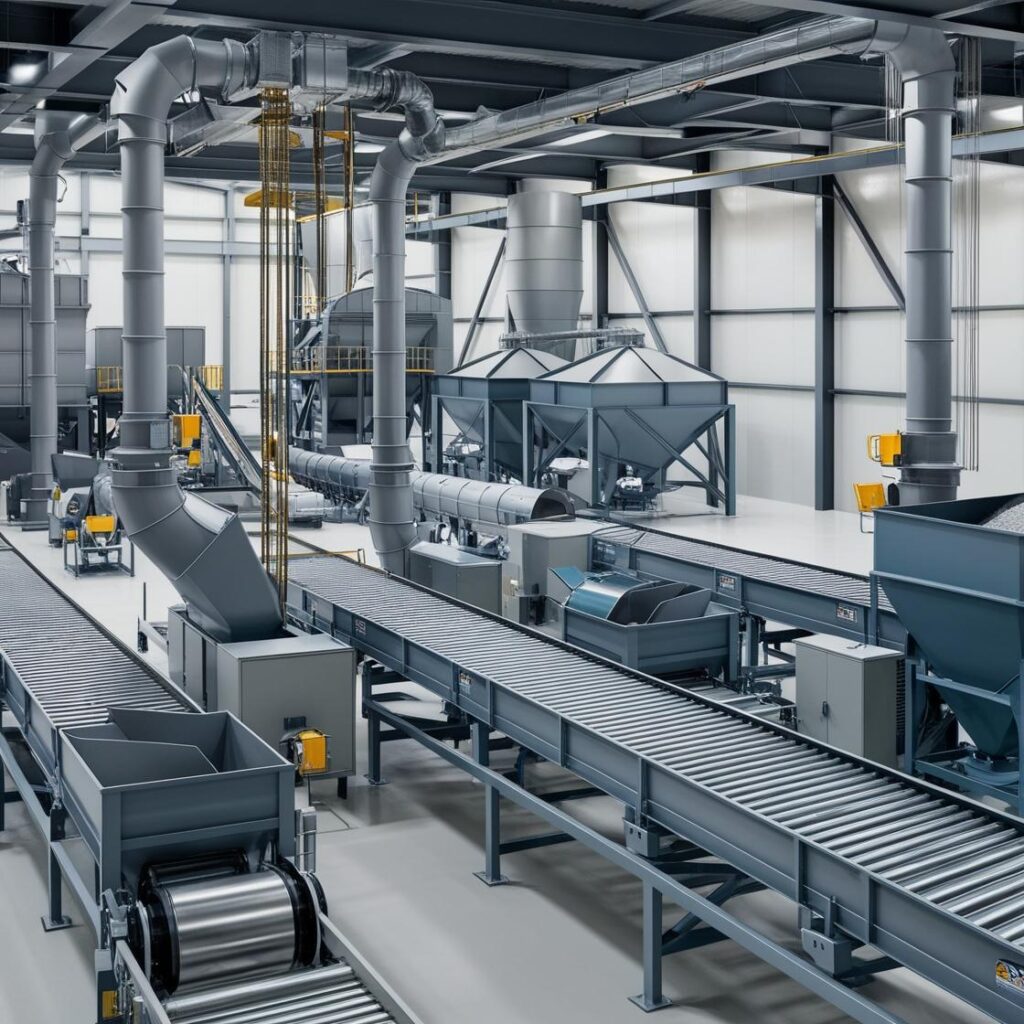
Kontrollerar damm som genereras under materialhantering, transport och lagring, vilket minimerar partikelutsläpp i arbetsmiljön.
Regelverk för dammkontroll |
|---|
Efterlevnad av luftkvalitetsstandarder |
Efterlevnad av arbetstagarnas hälsa och säkerhet |
Förebyggande av brand- och explosionsrisker |
Efterlevnad av miljöskydd |
Realtidsutsläppsövervakning |
Värmebeständighet |
Minskat underhåll och driftstopp |
Produktkvalitetssäkring |
Lägre driftskostnader |
Utmaningar med dammkontroll |
|---|
Höga damm- och röknivåer |
Hälsorisker för arbetstagare från metallpartiklar |
Stränga miljöföreskrifter |
Brand- och explosionsrisker |
Kontaminering av slutprodukter |
Slitage av slipdamm på utrustning |
Krav på temperaturtolerans |
Hantering av stora dammuppsamlingsvolymer |
Minimera underhållsrelaterad driftstopp |
Viktiga överväganden för effektiv dammkontroll |
|---|
Riktad avskiljning vid utsläppspunkter |
Hållbarhet under höga temperaturer |
Optimerad luftflödes- och tryckkontroll |
Värmebeständiga filtreringsmaterial |
Regelbundna underhållsprotokoll |
Efterlevnad av branschstandarder |
Flexibla, anpassade lösningar |
Riskreducering för förbränningsrisker |
Dedikerade system för olika produktionssteg |
Kontakta oss för expertkonsultation
Utforska våra andra tjänster!
Vanliga frågor
Inom stål- och metallbearbetning inkluderar vanliga filtreringssystem påsfilter, elektrostatiska filter (ESP), våtskrubbrar och cyklonseparatorer. Påsfilter använder tygpåsar för att fånga upp dammpartiklar, medan ESP använder elektriska laddningar för att avlägsna partiklar från avgaser. Våtskrubbrar avlägsnar föroreningar genom att införa en skrubbvätska, och cyklonseparatorer använder centrifugalkraft för att separera damm från gasströmmar. Valet av system beror på faktorer som partikelstorlek, gastemperatur och specifika processkrav.
Filtreringssystem förbättrar luftkvaliteten genom att effektivt fånga upp och avlägsna partiklar och föroreningar som genereras under metallbearbetning. Genom att minska utsläpp hjälper dessa system anläggningar att följa miljöföreskrifter och standarder, vilket minimerar deras miljöpåverkan och främjar en säkrare arbetsplats.
Respiratorer för gaser (ESP) erbjuder hög effektivitet vid borttagning av fina partiklar och uppnår en effektivitet på upp till 99%, vilket är särskilt fördelaktigt vid ståltillverkning där rökgasutsläpp ofta innehåller fina dammpartiklar. De kan hantera stora gasvolymer och fungera effektivt vid höga temperaturer. Dessutom har ESP:er relativt låga tryckfall, vilket resulterar i lägre energiförbrukning under drift.

